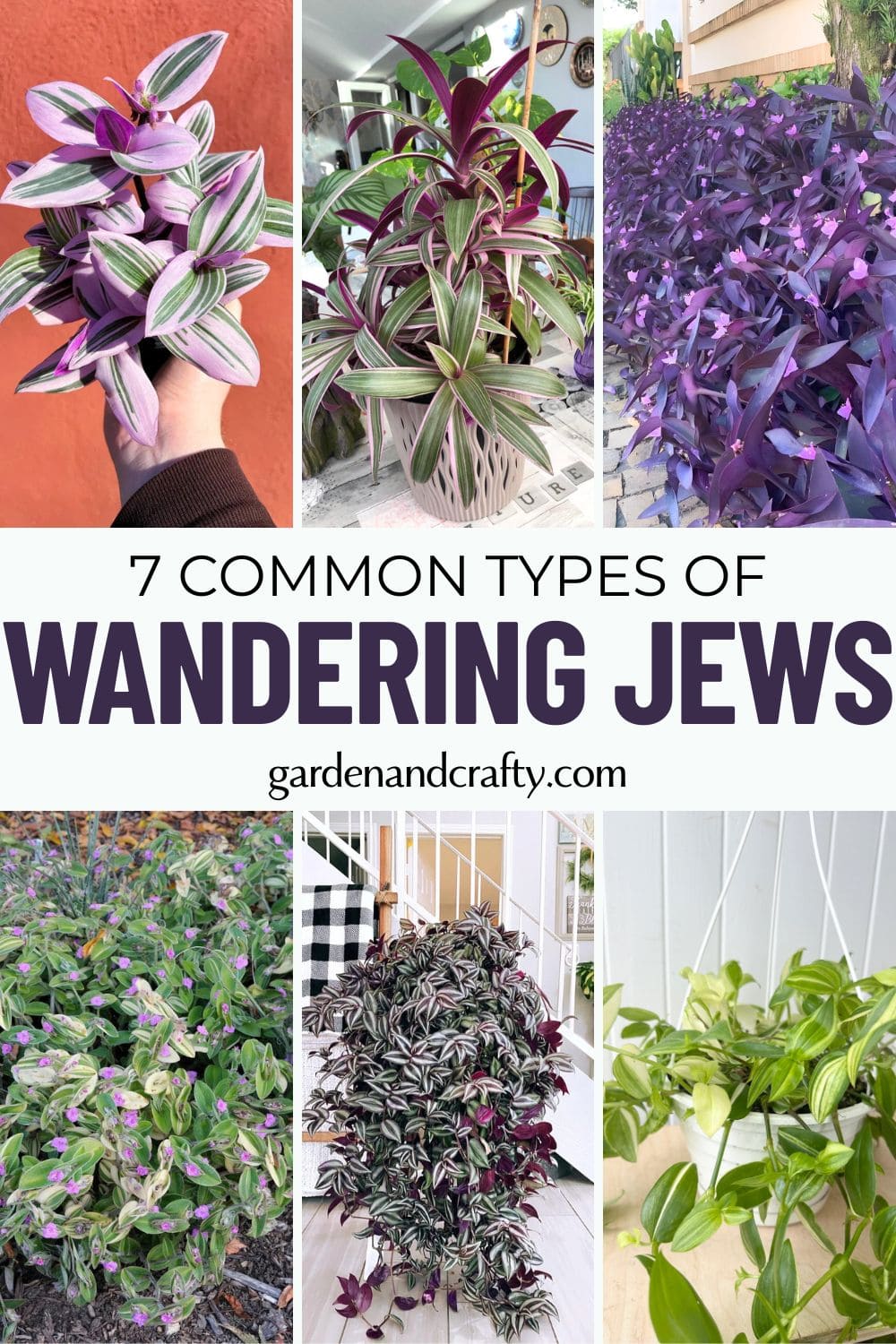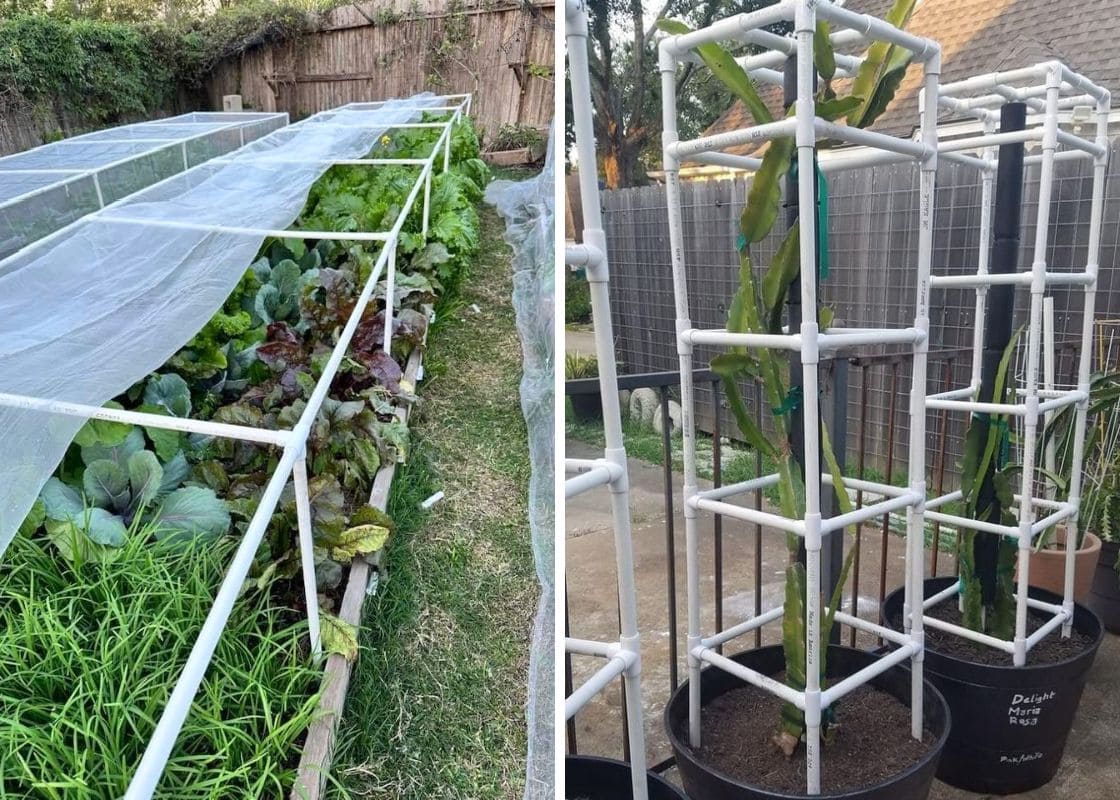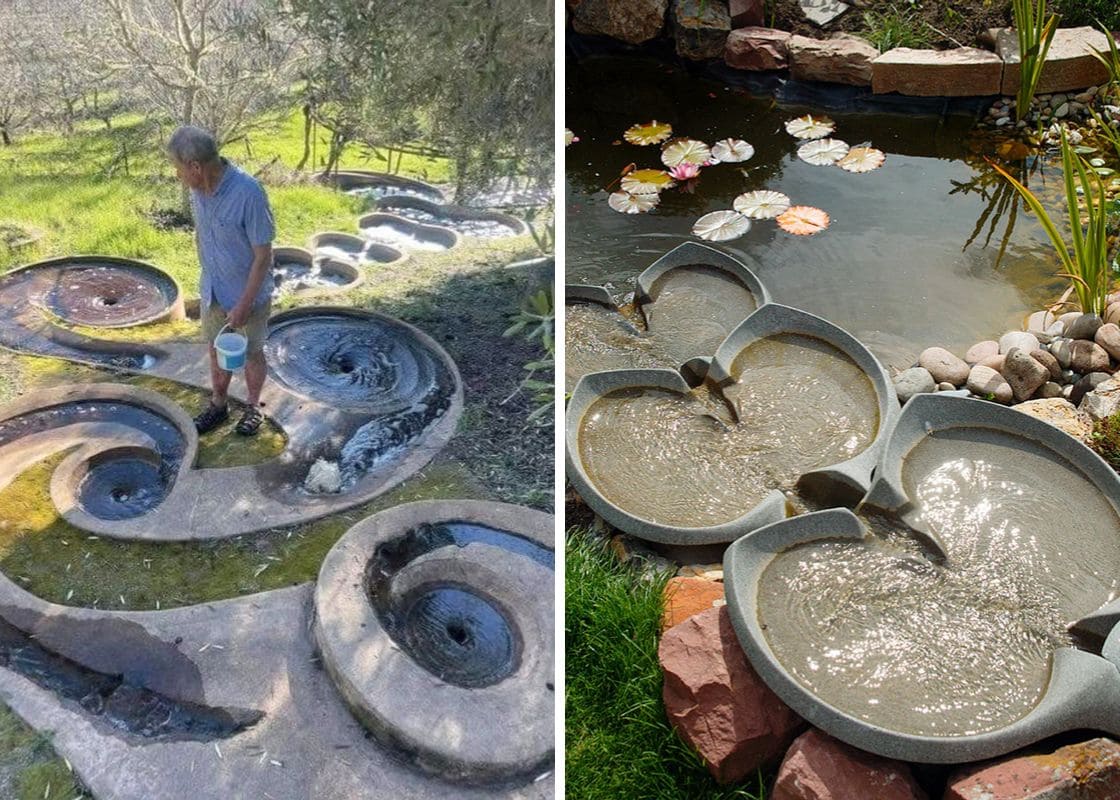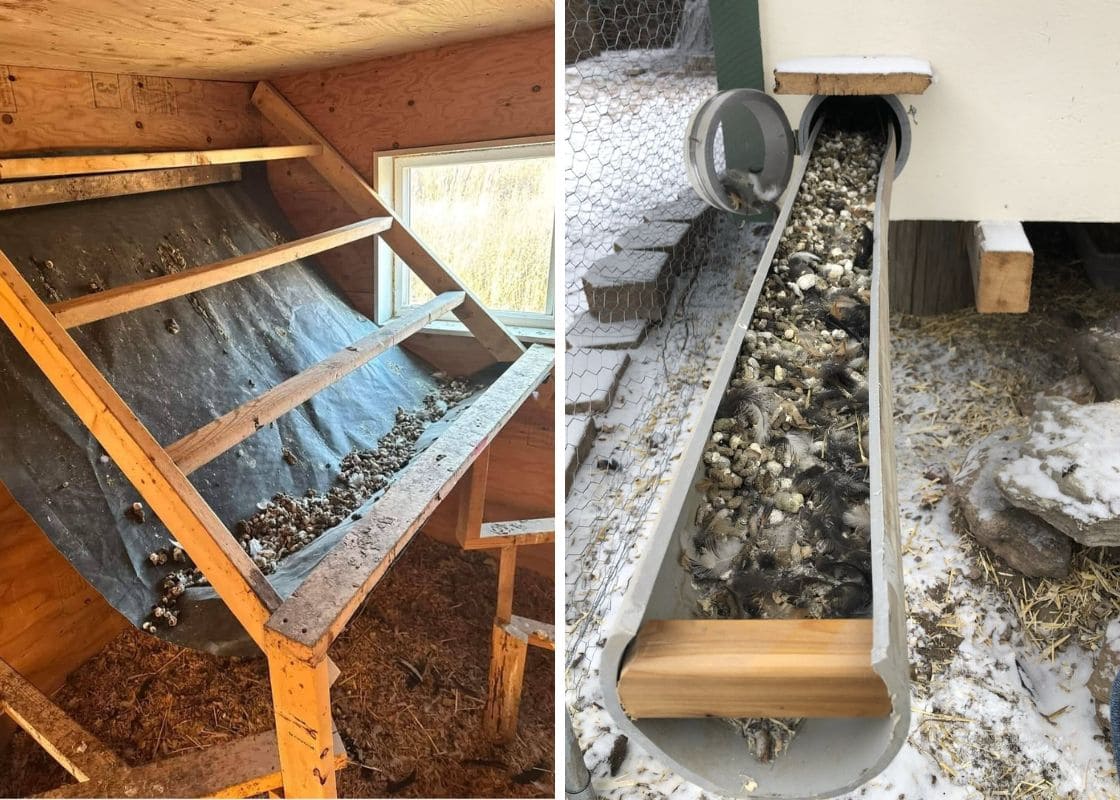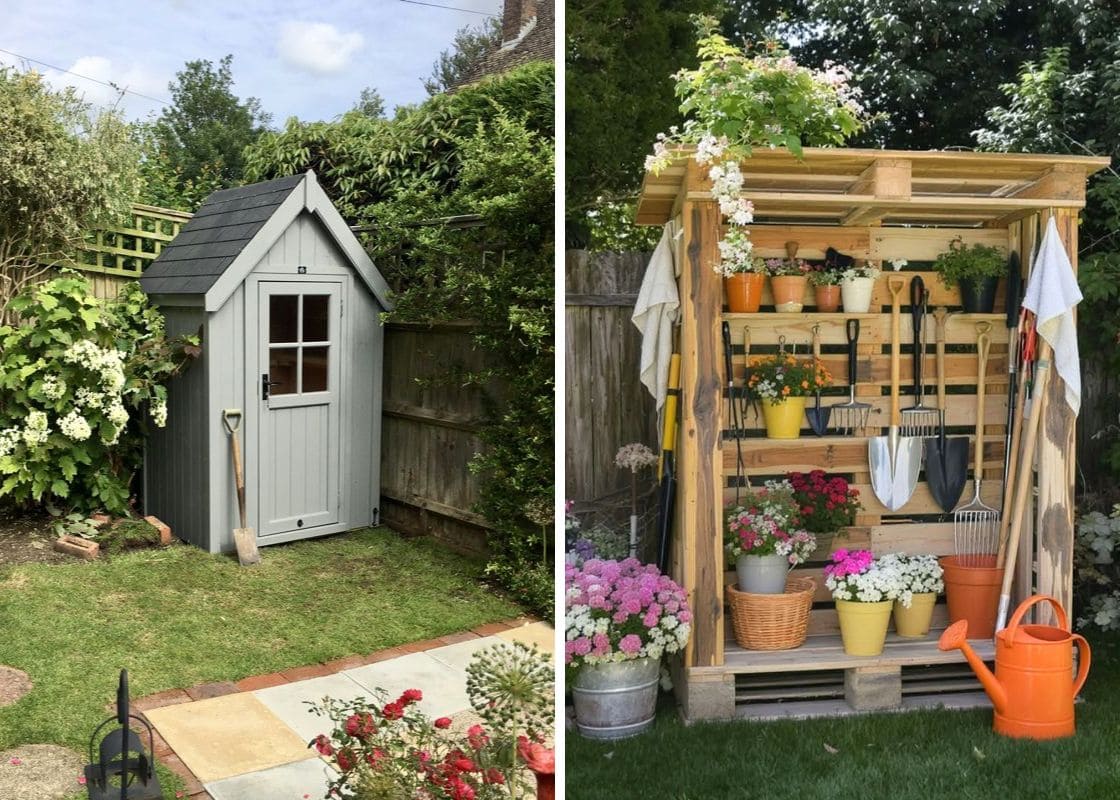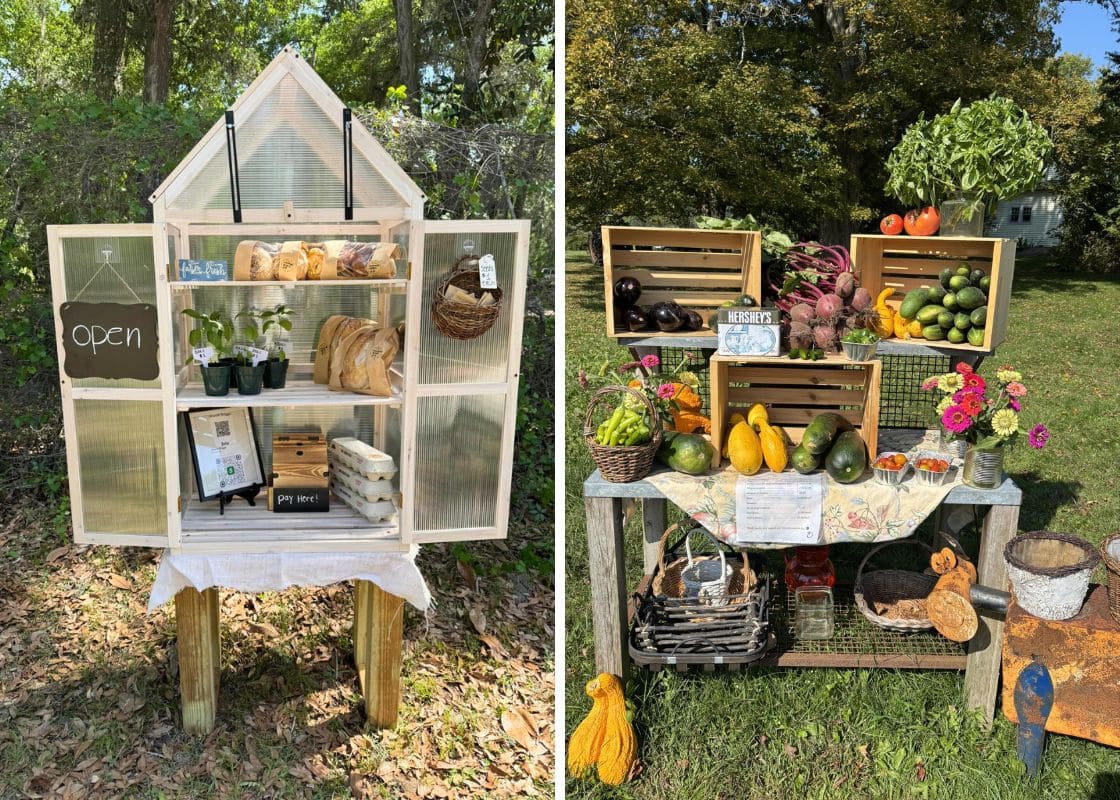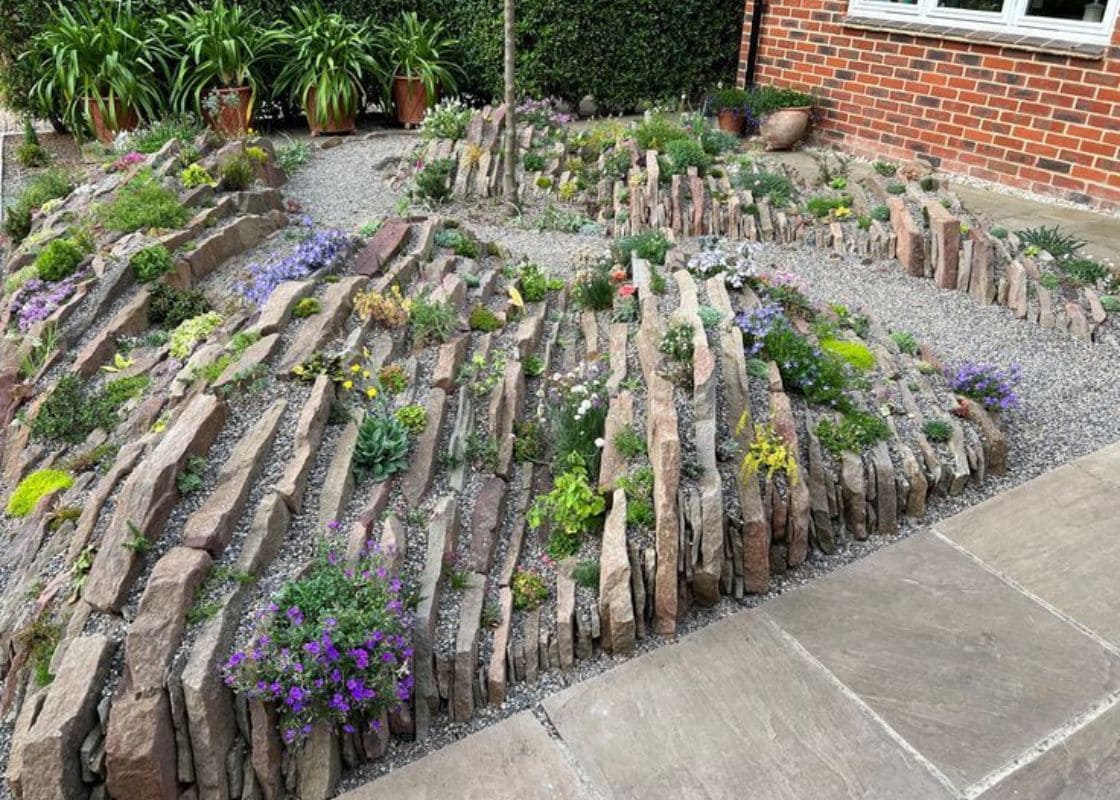The Wandering Jew, known botanically as Tradescantia, is one of those plants that seem to thrive no matter where you place them.
With its trailing vines, jewel-toned leaves, and forgiving nature, it’s become a favorite for hanging baskets and indoor jungles alike.
But did you know there are many stunning varieties, each with its own color, pattern, and charm.
Let’s explore the most beloved types, their growing habits, and what makes each one stand out.
1. Tradescantia zebrina – The Classic Striped Beauty
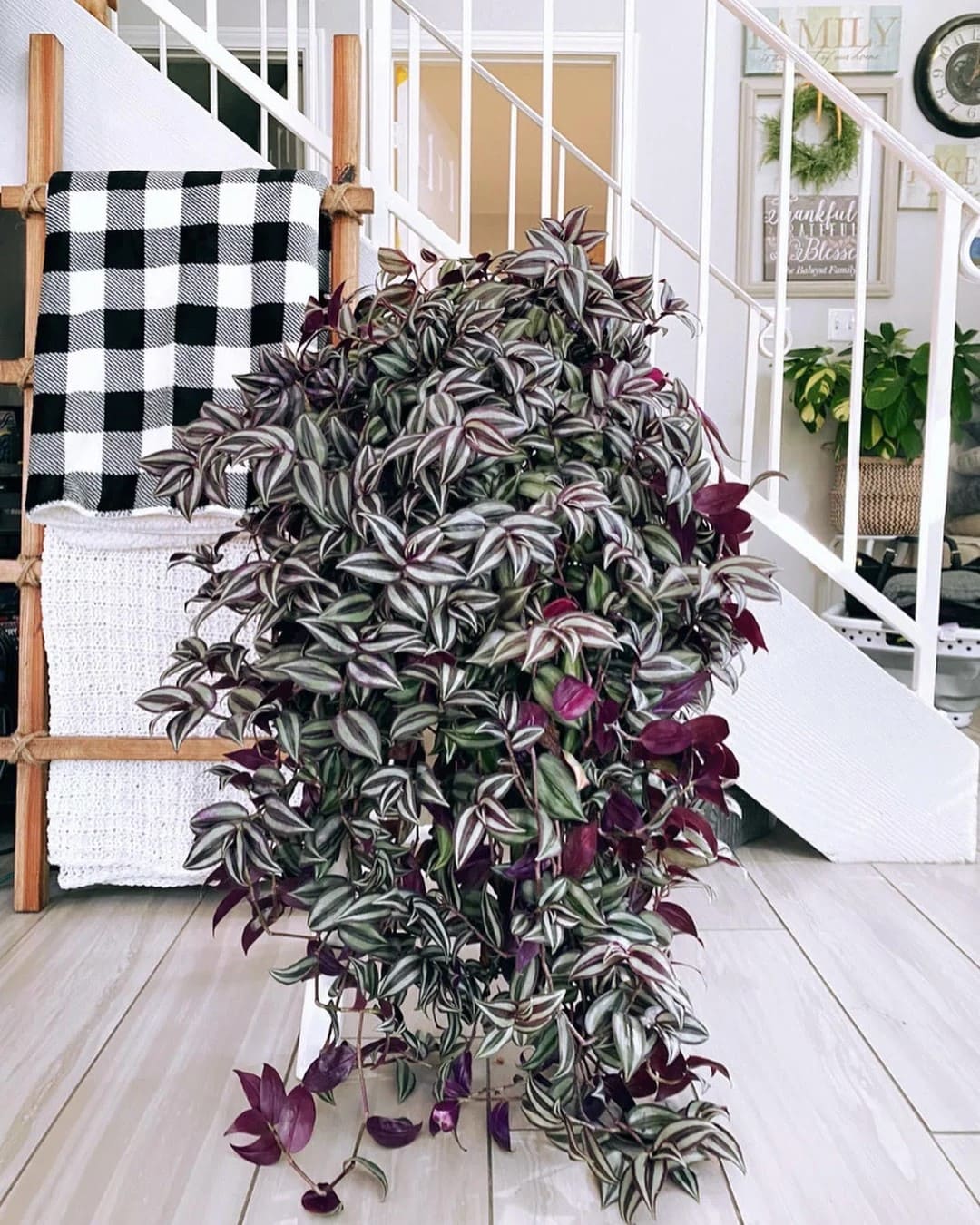
If you picture a Wandering Jew, this is probably the one.
Known for its shimmering silver stripes, green edges, and purple undersides, T. zebrina (formerly Zebrina pendula) is the most popular type.
It grows fast, trails gracefully, and looks especially striking when light hits those metallic leaves.
Additionally, bright, indirect light keeps its stripes vibrant. Too little light, and the silver may fade.
2. Tradescantia fluminensis – The Glossy Green Type
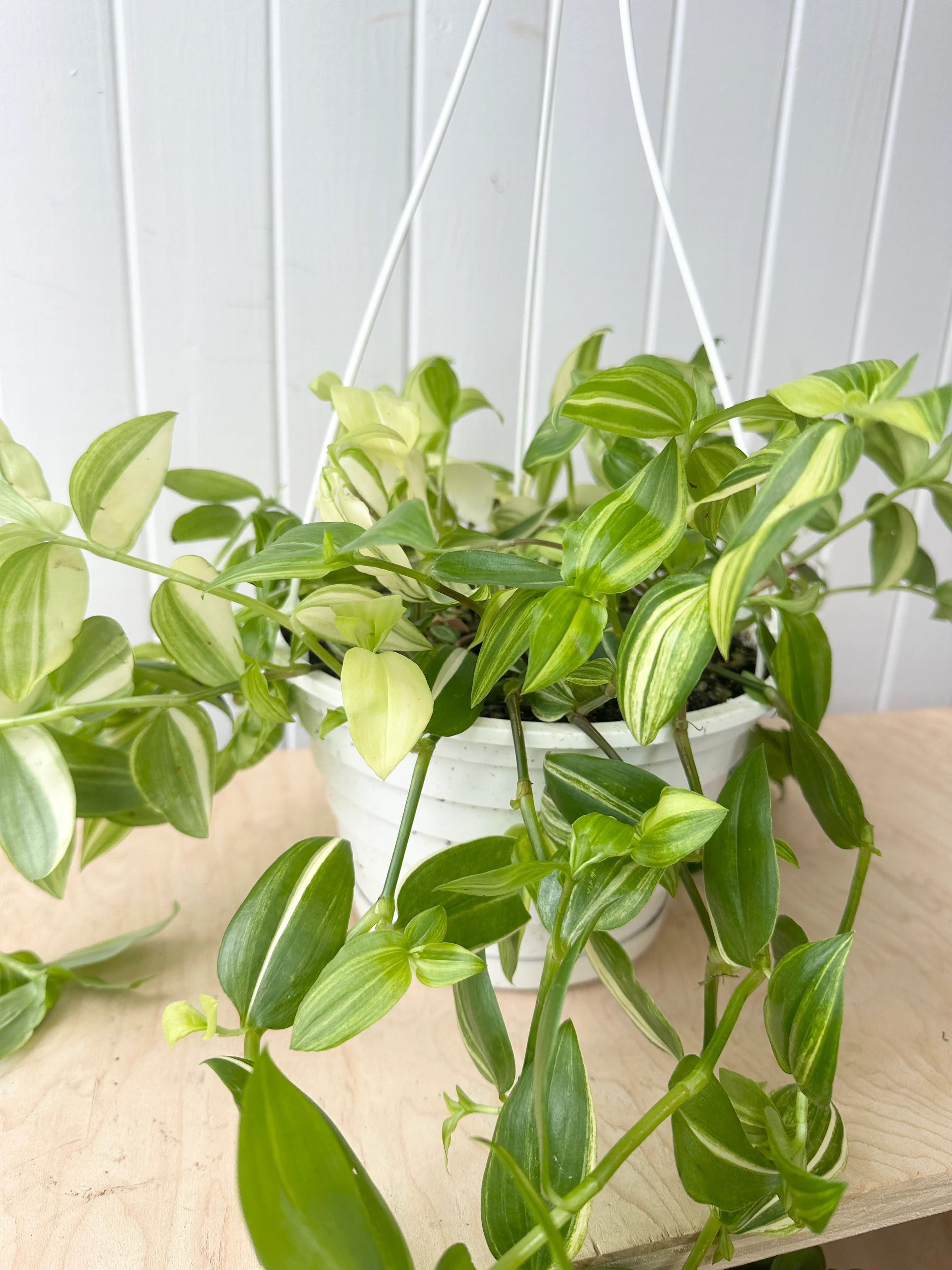
This variety, sometimes called Small-Leaf Spiderwort, has smoother, solid-green leaves that are slightly glossy. It’s ideal for anyone who prefers a more subtle, tropical look.
A few cultivars come with creamy variegation, such as T. fluminensis ‘Variegata’, which adds soft white streaks to its leaves.
Just note that this one thrives in lower light than most types but can become invasive outdoors in warm climates.
3. Tradescantia pallida – The Bold Purple Heart
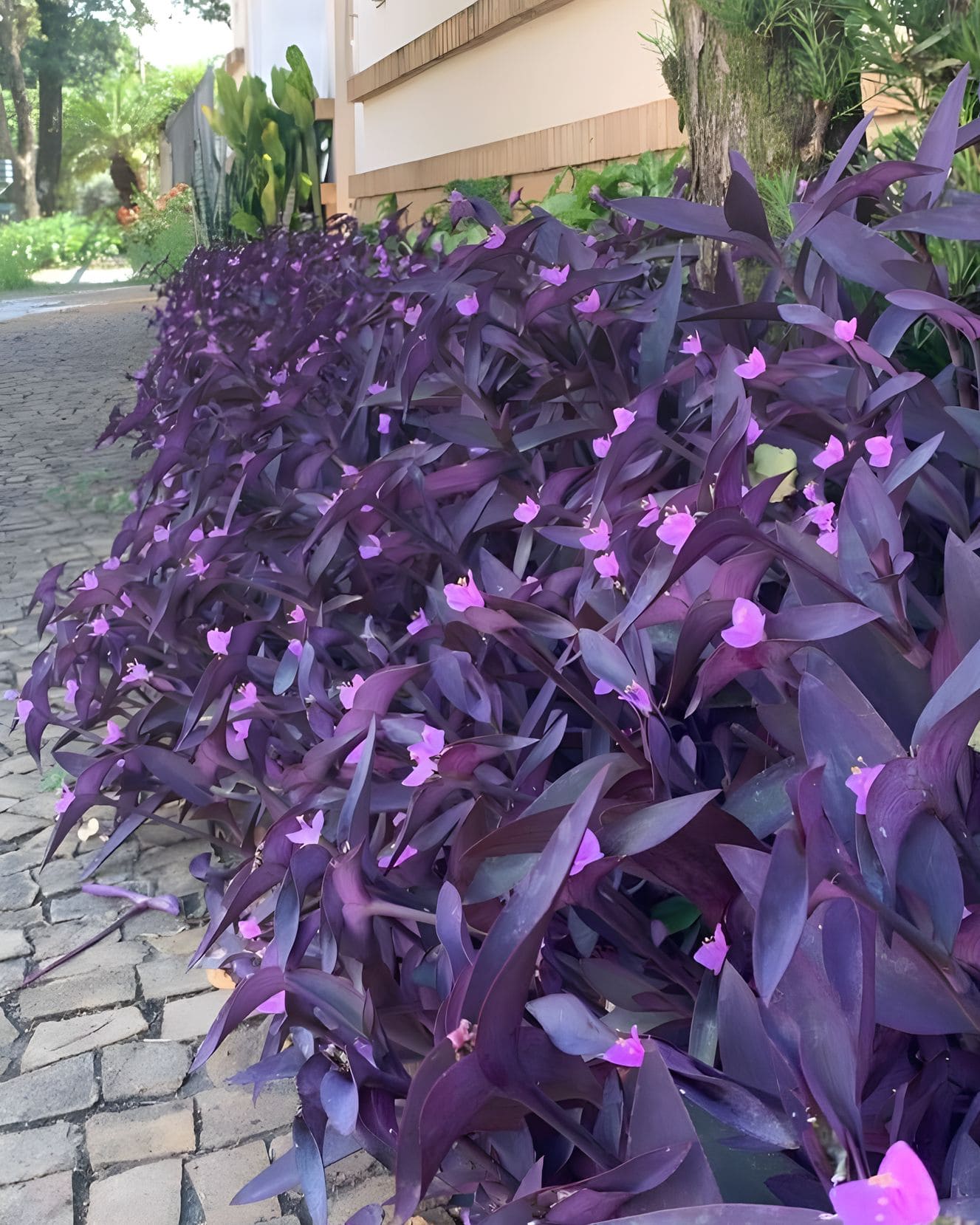
Tradescantia pallida, often called Purple Heart, is known for its vivid, deep-purple foliage that glows almost magenta in full sun.
Its color deepens with more light, and it produces delicate pink flowers that contrast beautifully against the dark stems.
You need to give it plenty of sunlight to keep that bold color.
Indoors, place it near a bright window. Outdoors, it’s drought-tolerant and tough, perfect for borders or ground cover.
4. Tradescantia spathacea – The Oyster Plant
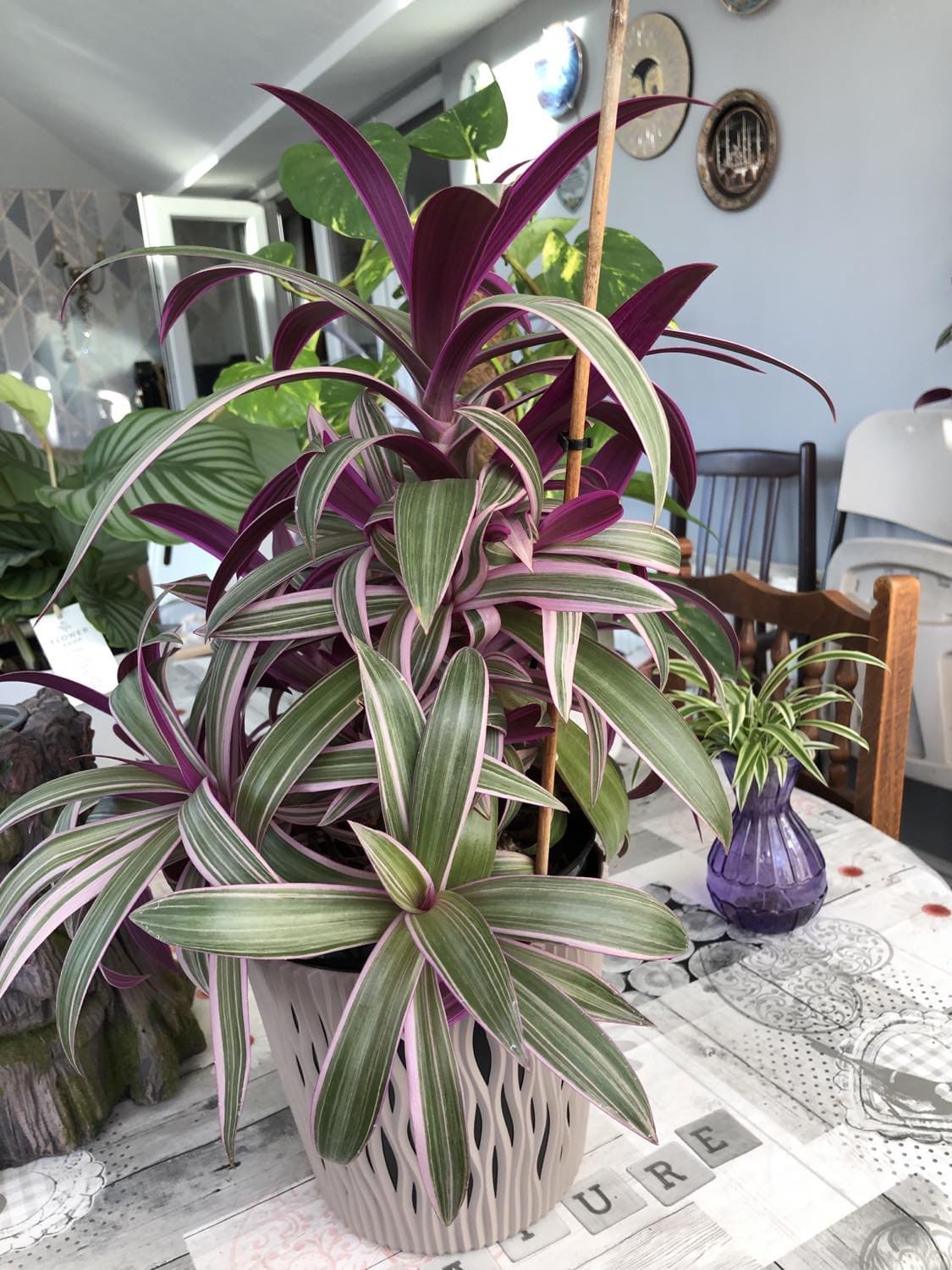
Also called Boat Lily or Moses-in-the-Cradle, this variety features long, sword-shaped leaves with green tops and royal purple undersides.
The small white flowers nestle in a boat-like bract, hence the name.
It’s more upright than trailing, offering a completely different form than the typical Wandering Jew.
Bonus, it enjoys warm, humid air and filtered sunlight. Excellent for adding structure to tropical-style planters.
5. Tradescantia sillamontana – The Fuzzy One
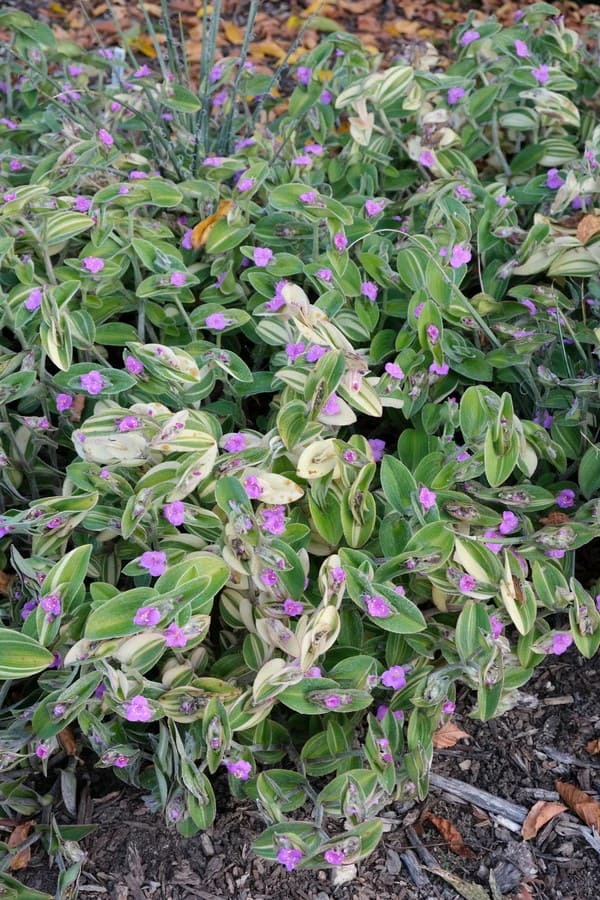
If you spot a Wandering Jew covered in soft, silvery hair, that’s T. sillamontana, or White Velvet.
The fuzzy coating helps it tolerate more sun and less water. The texture is unlike any other variety, almost velvety to the touch.
Let the soil dry between waterings and keep it in bright light. It’s a lovely contrast plant beside smoother-leaved varieties.
6. Tradescantia albiflora – The Variegated Showstopper
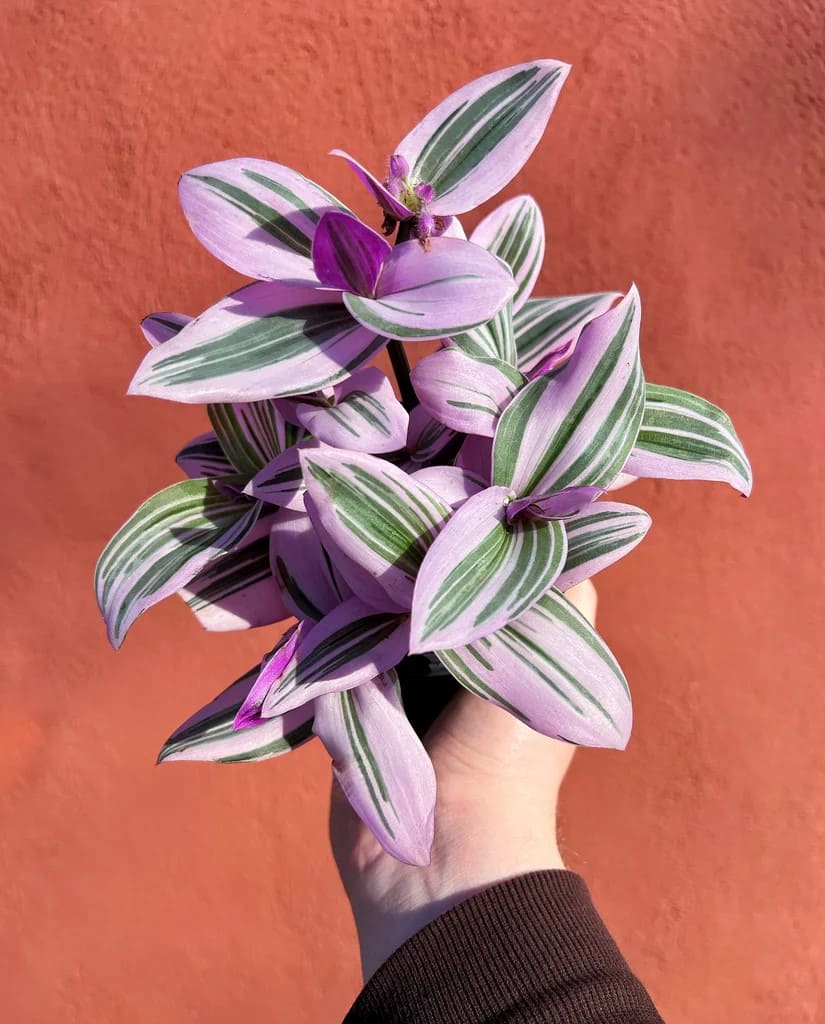
Sometimes confused with T. fluminensis, this one has cream, pink, and green variegation that makes it a living piece of art.
The pink tones become stronger in bright light, giving it a candy-like appeal.
Specially, avoid overwatering; the delicate variegated leaves are prone to rot. It loves humidity and gentle morning light.
7. Tradescantia zebrina Cultivars – The Collector’s Dream
Within T. zebrina itself, there are many stunning cultivars. Each one tells its own color story:
- ‘Silver Smudge’ – silvery gray with a soft shimmer.
- ‘Purpusii’ – deep, moody purple leaves with matte texture.
- ‘Quadricolor’ – a vibrant mix of pink, green, silver, and violet.
- ‘Flame Dance’ – bold stripes that seem to change tone with light.
- ‘Deep Purple’ – rich, velvety leaves that darken as they age.
These cultivars are a delight to mix together in a single pot as the contrast looks like nature’s own mosaic.
Caring for All Wandering Jew Varieties
Light
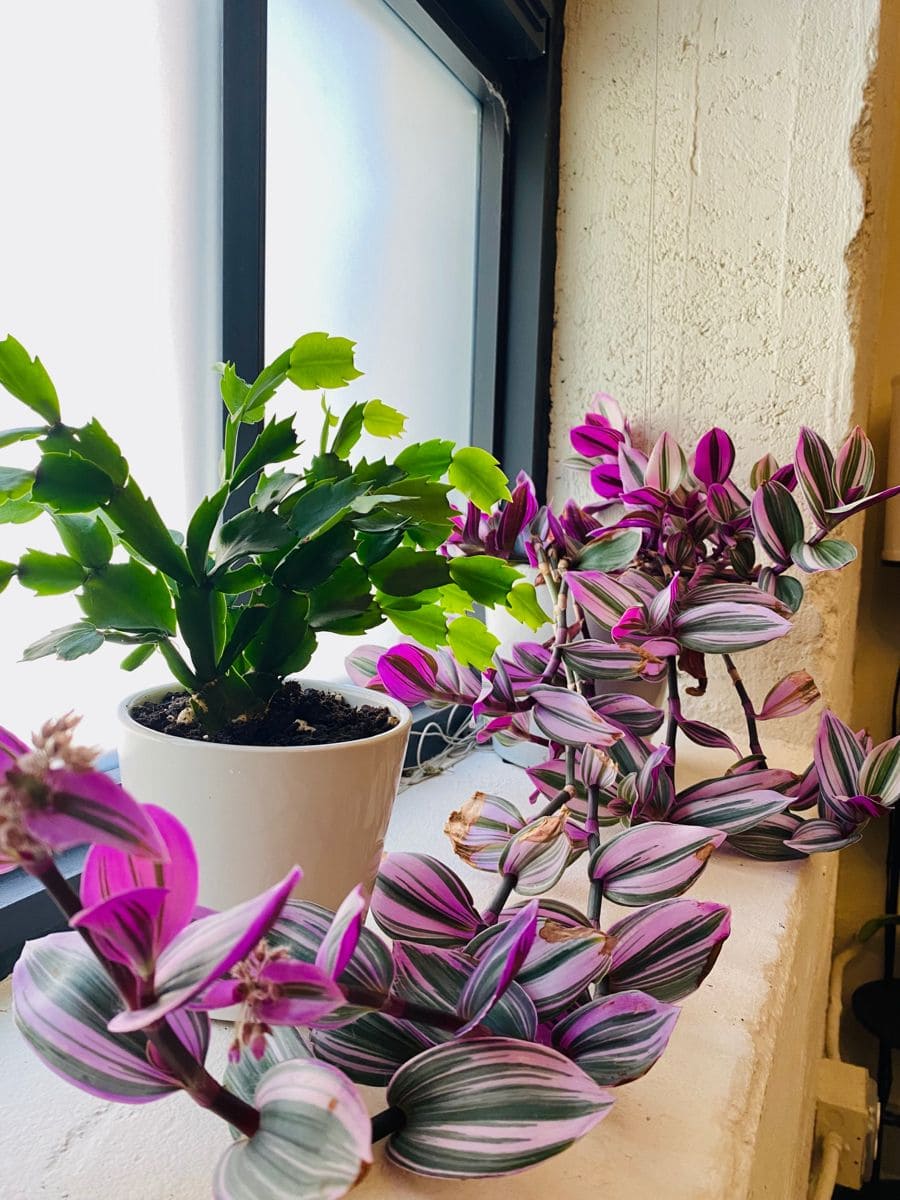
These plants adore bright, indirect light. The more colorful or variegated the leaves, the more light they crave.
If the leaves start turning plain green, it’s their quiet way of saying they need a sunnier spot.
But avoid harsh midday rays and filtered sunlight through a curtain is perfect.
Water
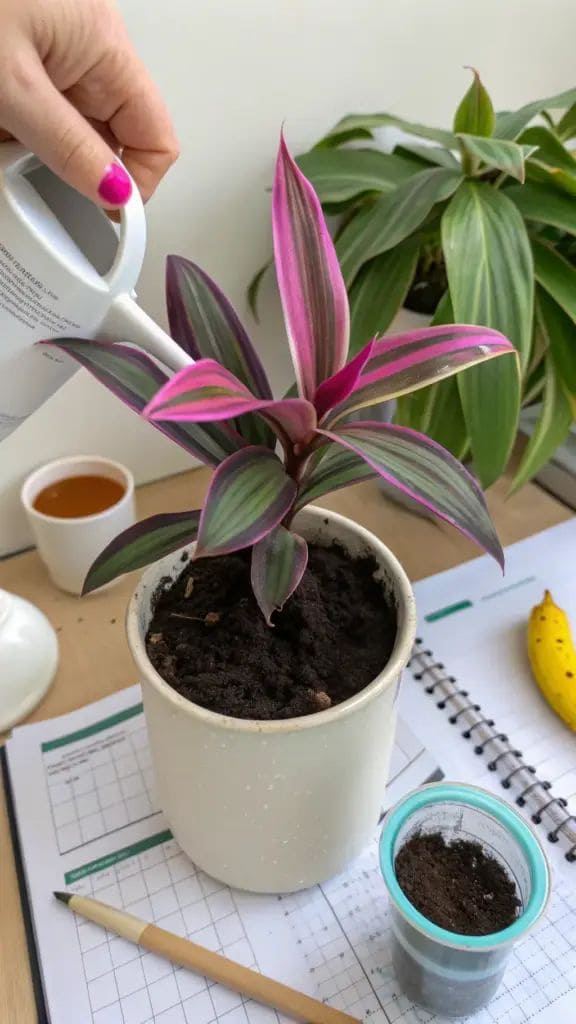
Wandering Jew plants like their soil lightly moist, not soggy.
You should water when the top inch feels dry to the touch. During winter, they drink less, so cut back a little.
Yellow leaves or a limp stem often mean too much water, while crispy edges mean they’re thirsty.
Humidity
These plants appreciate a bit of humidity, though they’re not overly demanding.
If your home feels dry, mist the leaves occasionally or group several plants together to create a gentle microclimate.
Pruning and Growth
Don’t be afraid to pinch the tips as it keeps the plant full and prevents the stems from stretching too long.
The trimmings you cut can be rooted easily, either in water or directly in soil.
Within a week or two, you’ll have new baby plants ready to pot up or share.
Propagation
Propagation is one of the most satisfying things about Tradescantia.
Snip a stem just below a leaf node, place it in water, and you’ll see roots in days. Once they’re about an inch long, plant them in soil.
Why They’re Worth Growing
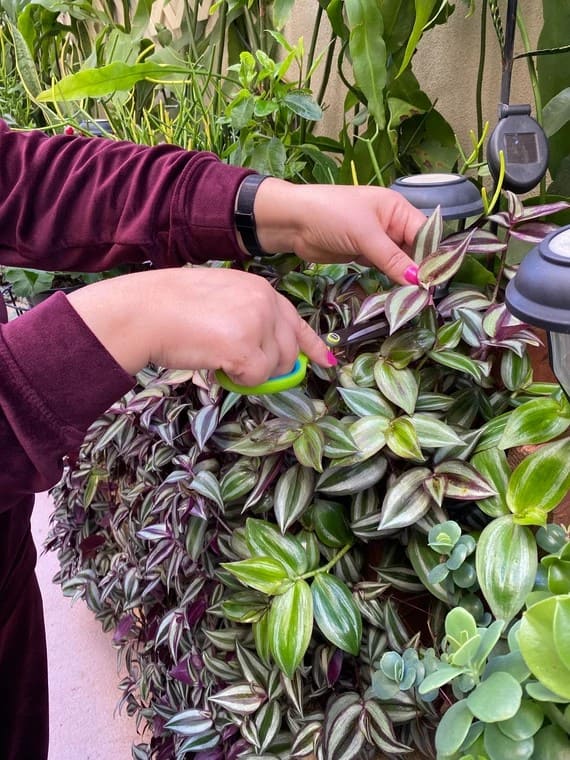
Every Wandering Jew variety has its own character. Some shimmer silver, others glow violet; some climb, some sprawl. But they all share the same resilient spirit.
They grow quickly, recover easily, and bring color into any space, even when the rest of the garden is asleep.
Whether you fall for the bold Purple Heart or the gentle Silver Smudge, there’s something deeply satisfying about watching those vines trail and shimmer in the light.
